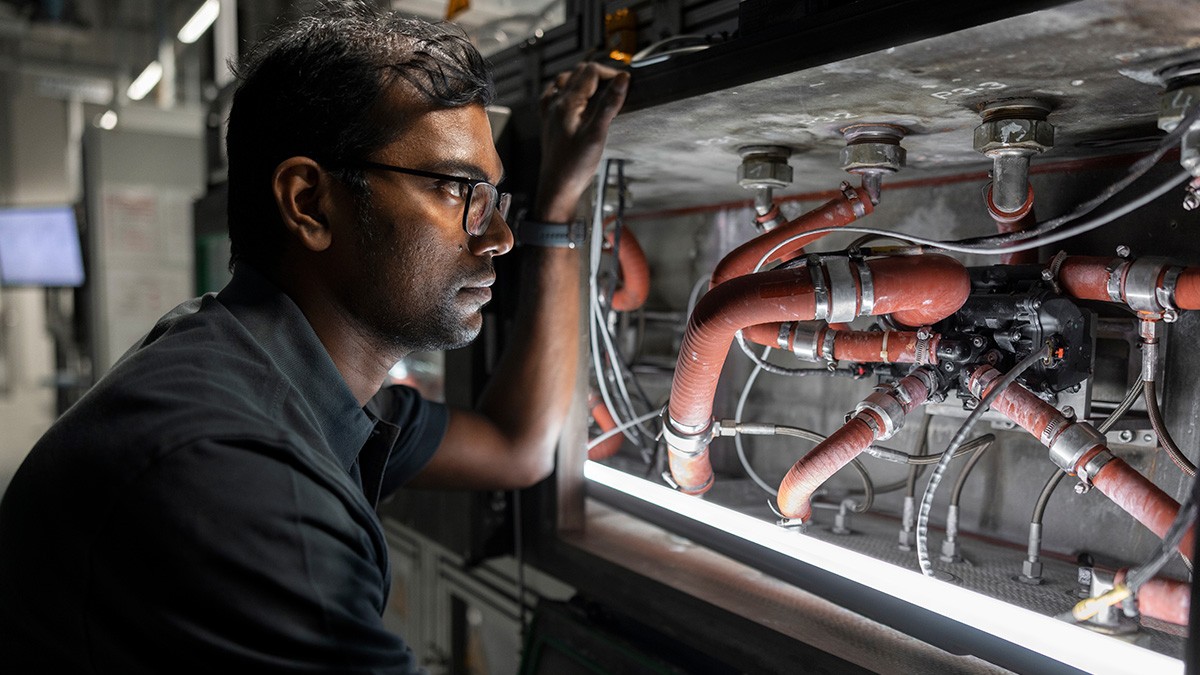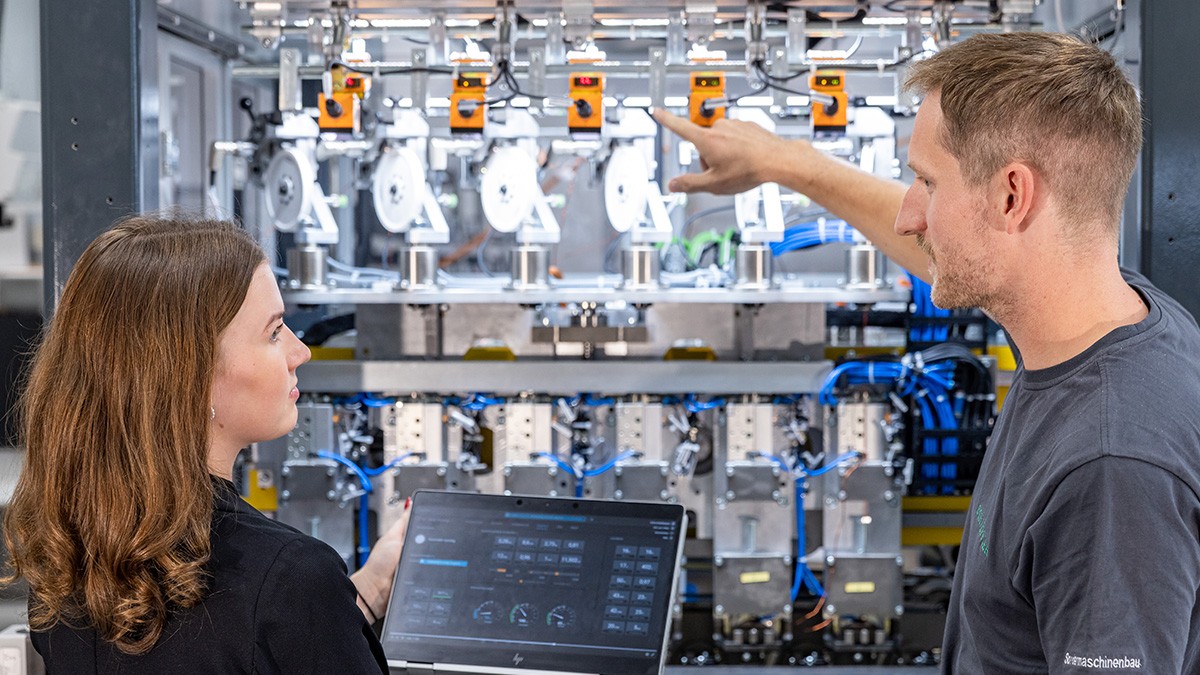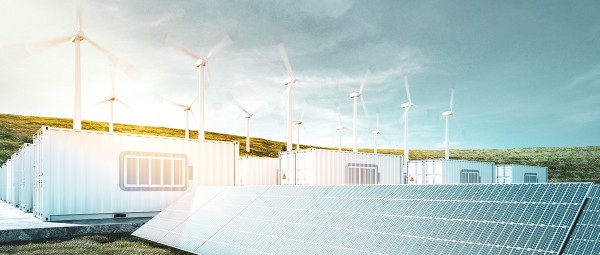Sustainable production systems to improve CO₂ footprint
We take responsibility for ensuring that our machines and systems are designed to be sustainable. Climate change is already having an impact on the world and our ecological systems. Evolving market and consumer behavior and changing political conditions stimulate developments in climate-neutral production.
Defining the CO₂ footprint of products
Depending on the sector and company in question, production can have a significant impact on the CO2footprint of that company. The CO2footprint of production is measured and determined using a variety of data. This includes greenhouse gas emissions that have occurred or are emitted:
- in the materials used
- during production or during the manufacturing or finishing process
- during transport over the entire value-added chain
- after the end of the product life cycle.
angefallen sind bzw. ausgestoßen werden. The data from the different origins are added together to give the CO2footprint.
Components of sustainable production
Our aim is to steadily decrease CO2emissions in a holistic way across the entire supply chain. To this end, in addition to the efforts we are making to reduce the footprint of our machines, we are also trying to reduce the footprint at our own sites, with the long-term aim of becoming a climate-neutral company.
Use of energy-efficient machine components
There are a number of different aspects to consider when it comes to the energy efficiency of our machines. Improving sustainability in this area starts with using machine components that are economical in their power consumption. The use of recuperative drives means that greater efficiency can be harnessed from the electric power consumed. Additional electricity can be saved by using components that reduce compressed air or by avoiding compressed air completely. Our assessment of the machine’s production footprint also includes water consumption for machine cooling, which we aim to reduce as much as possible.

Software for optimizing energy efficiency

Software components on the machines and systems can also make a positive contribution to improving the CO2balance in production. A simple approach in machine software is to involve employees in production. Various types of information can be displayed on the system. These provide an early indication that employee intervention is needed, with regard to changing the machine mode to standby or identifying leaks or wear in order to arrange the necessary repairs. The implementation of machine learning models allows production to be controlled in an appropriately networked and data-driven manner. Data analysis can also enable process optimization, where complex processes are evaluated to reduce scrap and optimize capacities.
In summary, our machine software actively contributes to reducing consumption by improving energy efficiency, by means of the following measures:
- indication for preventive maintenance
- process optimization
- provision of data analyses.
